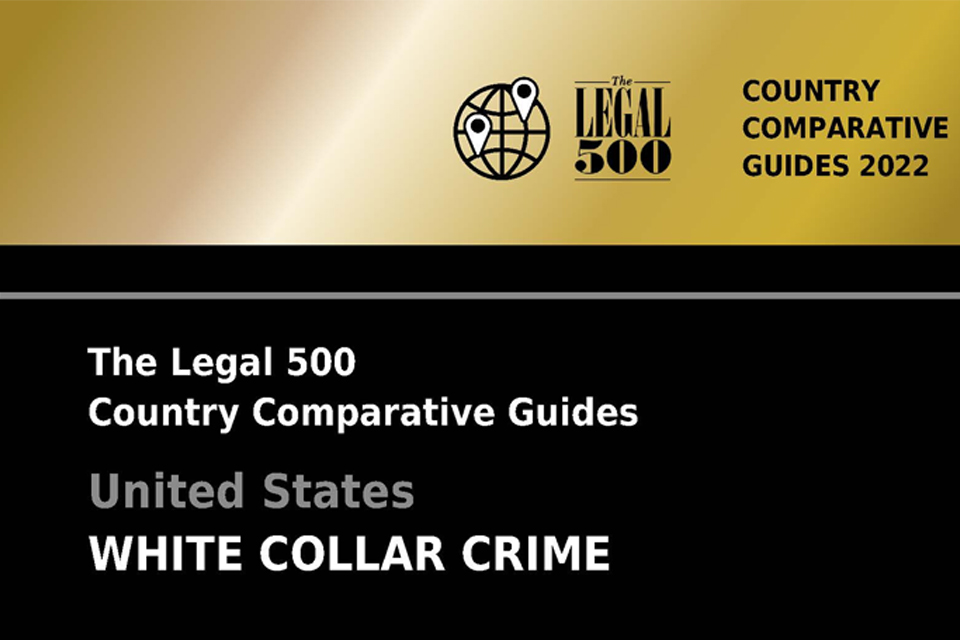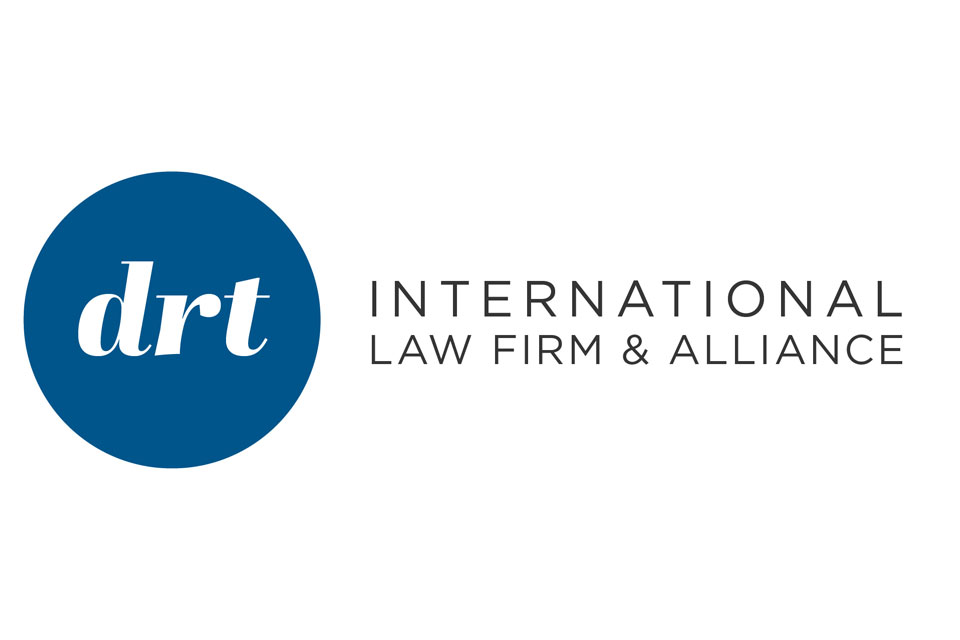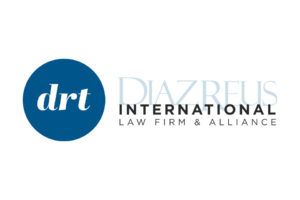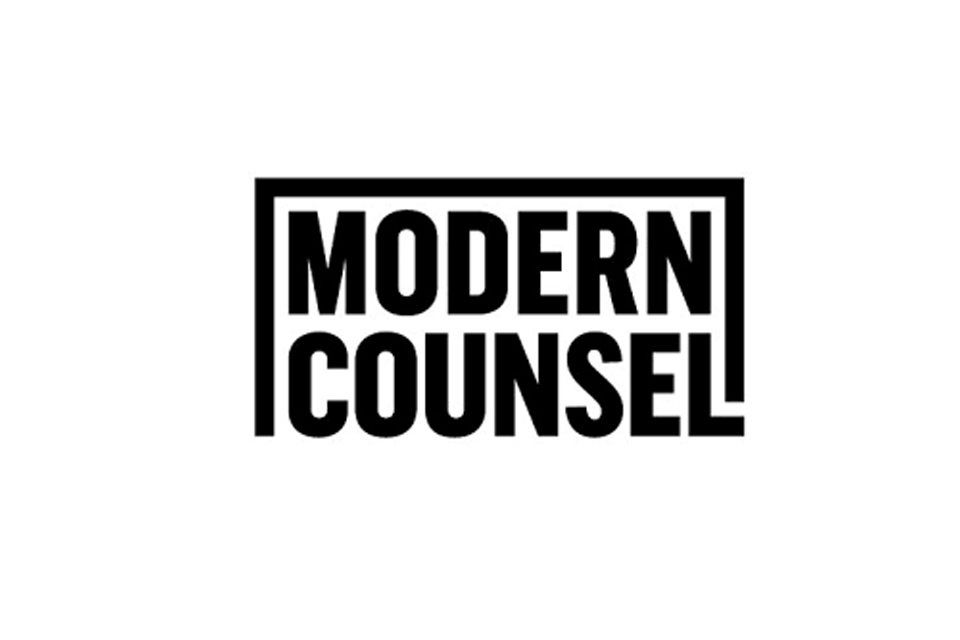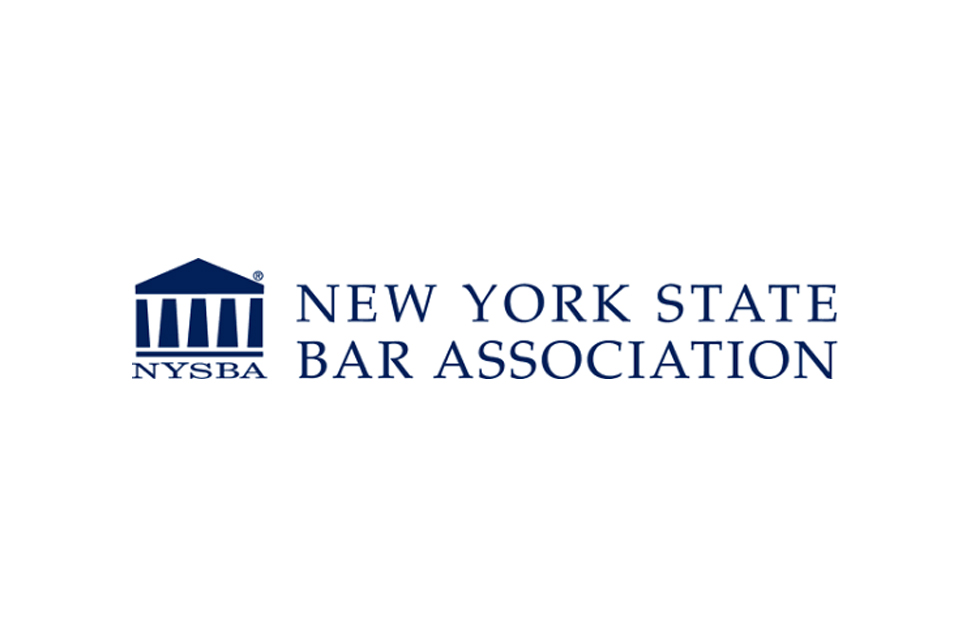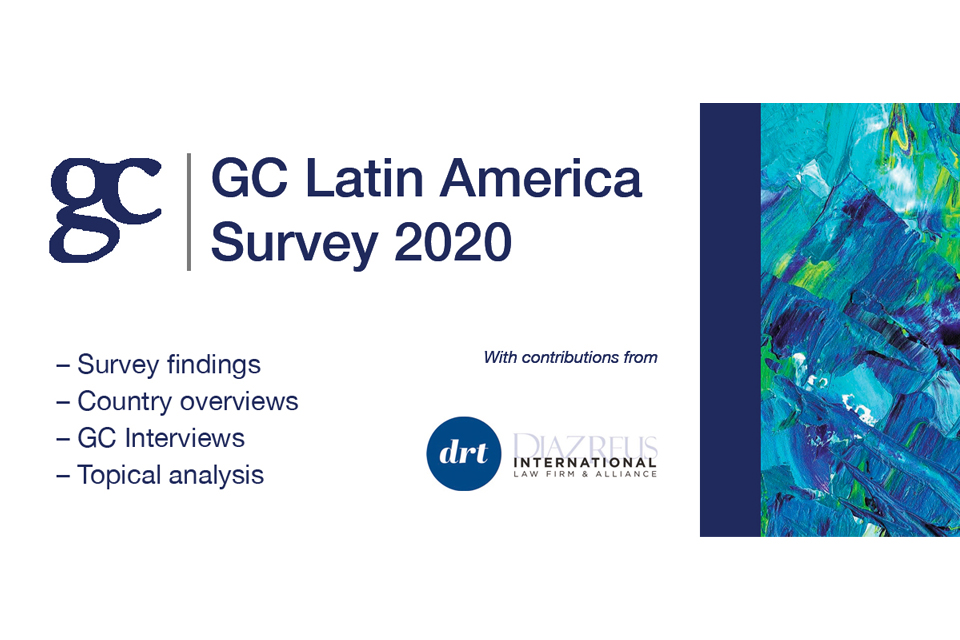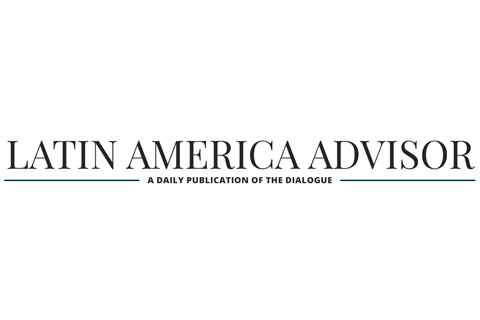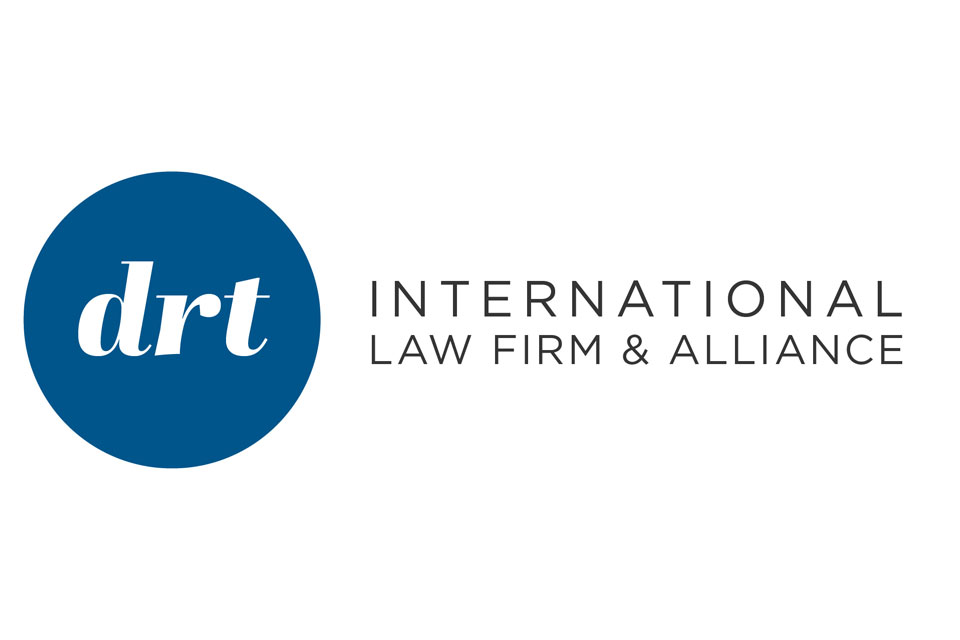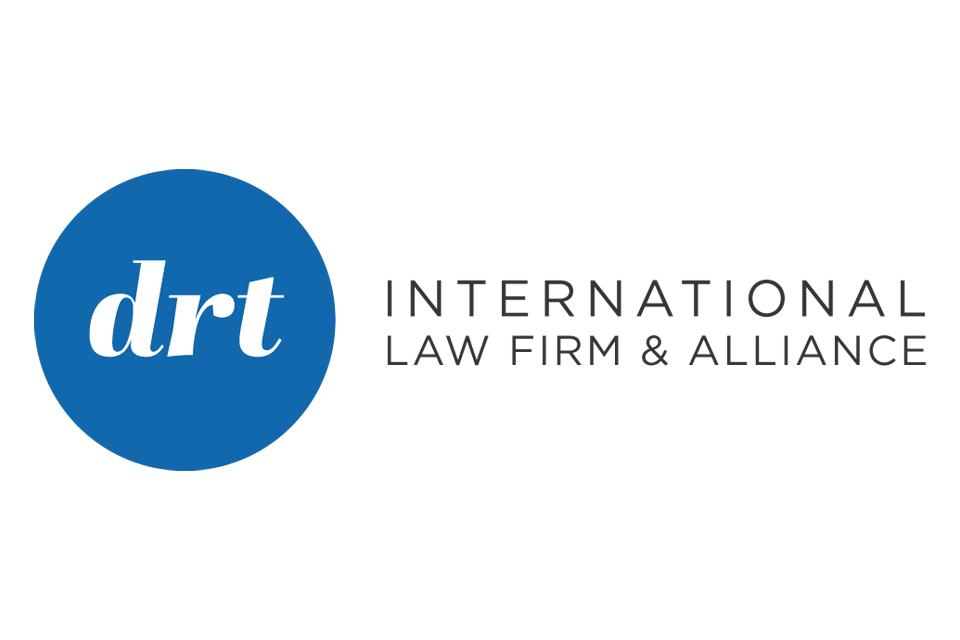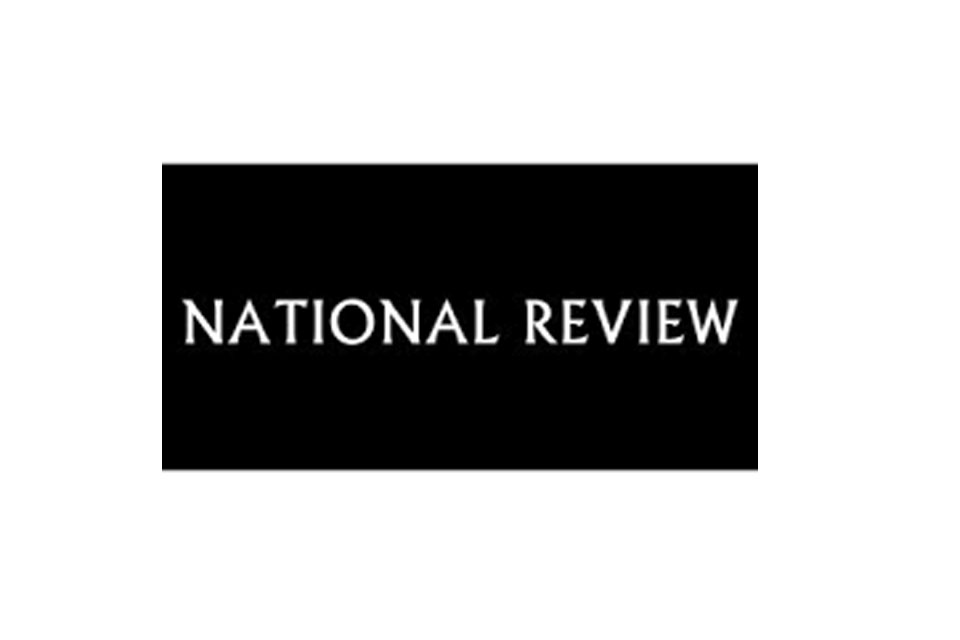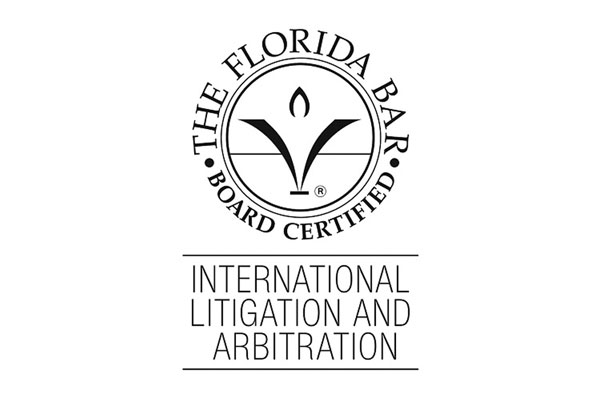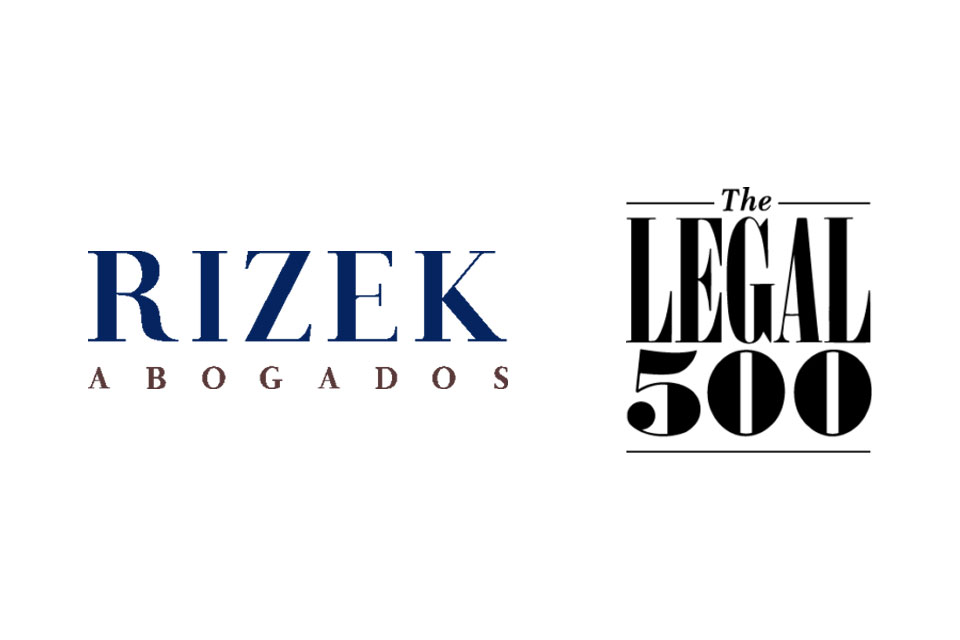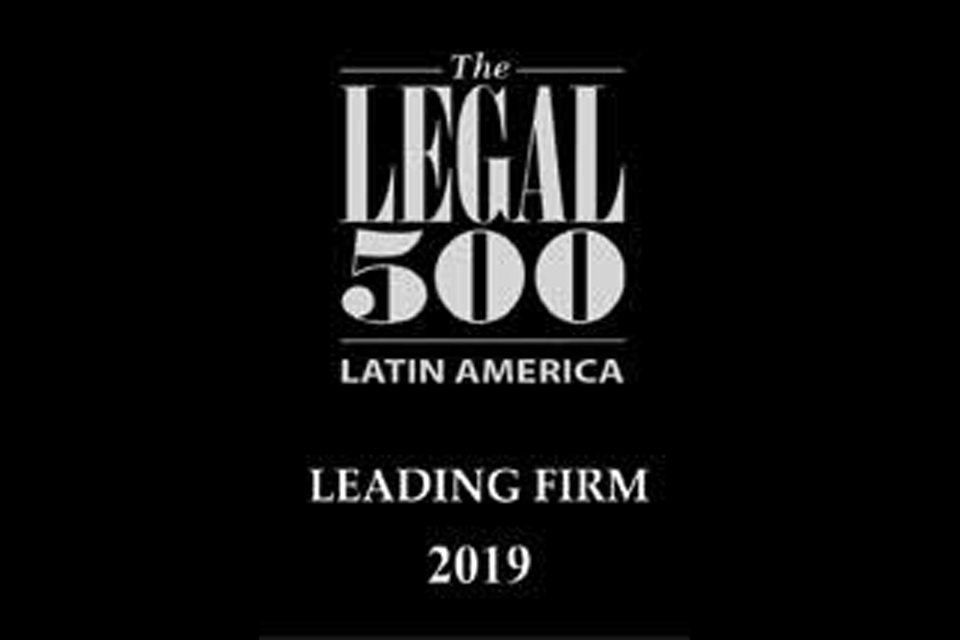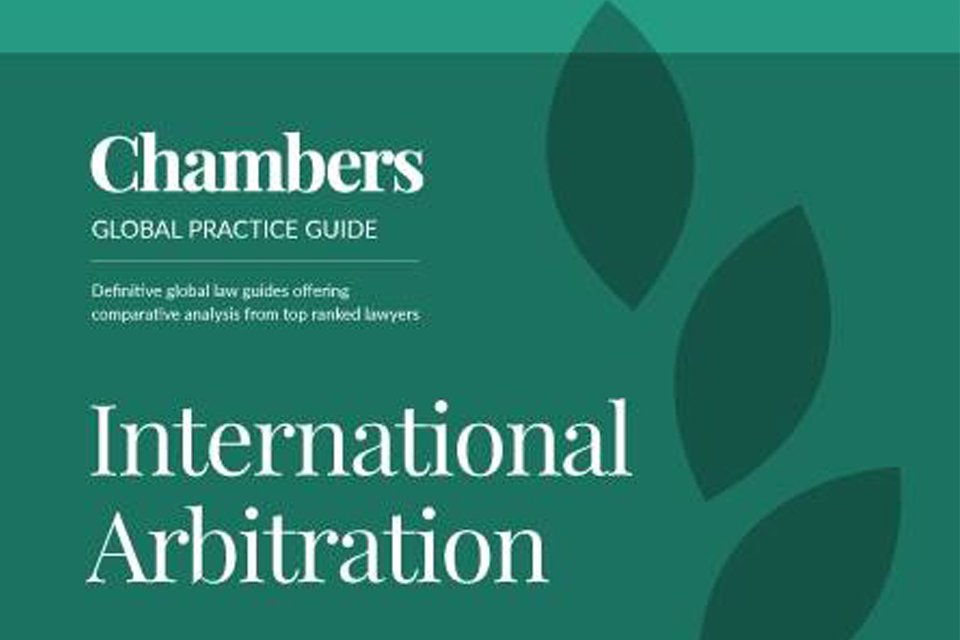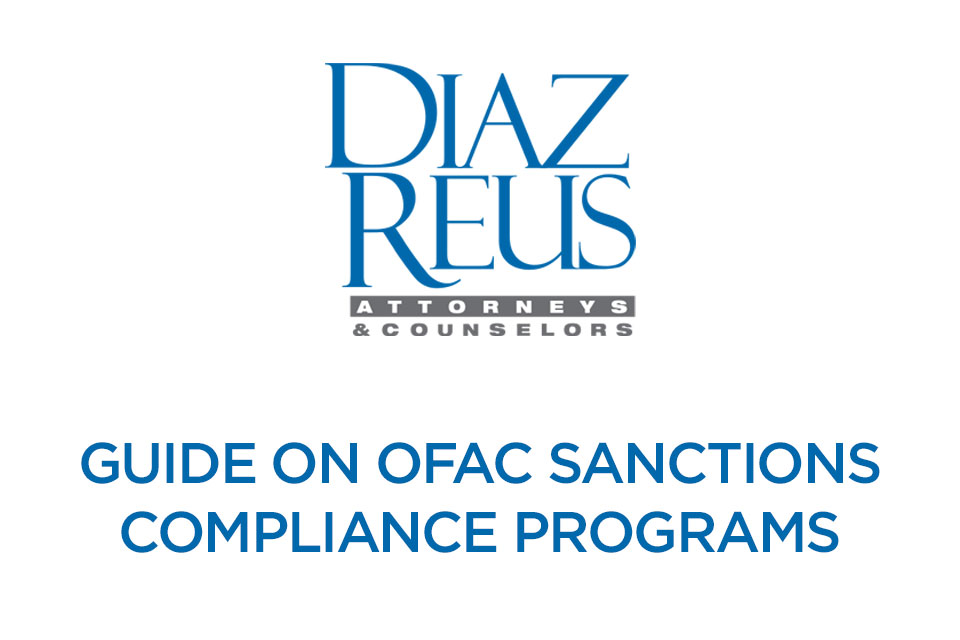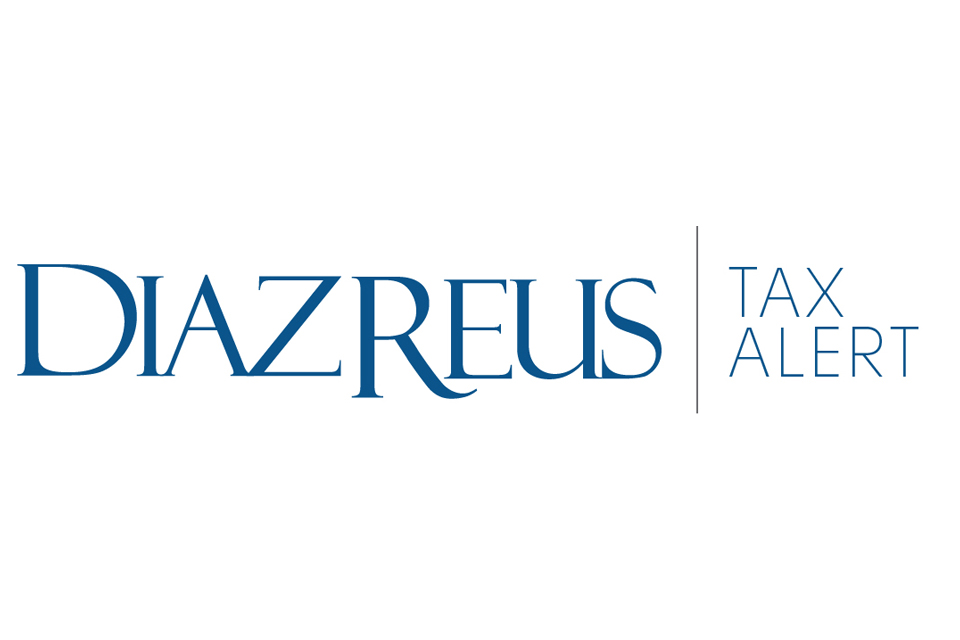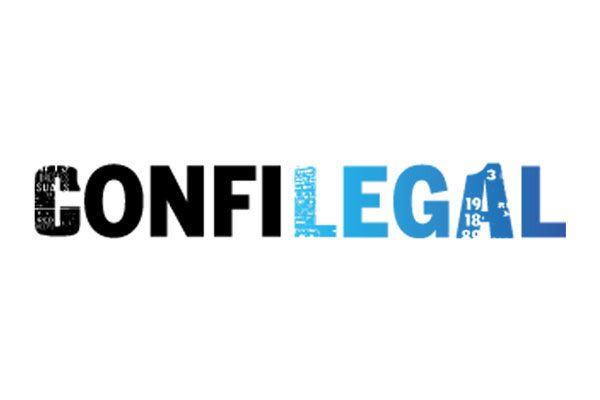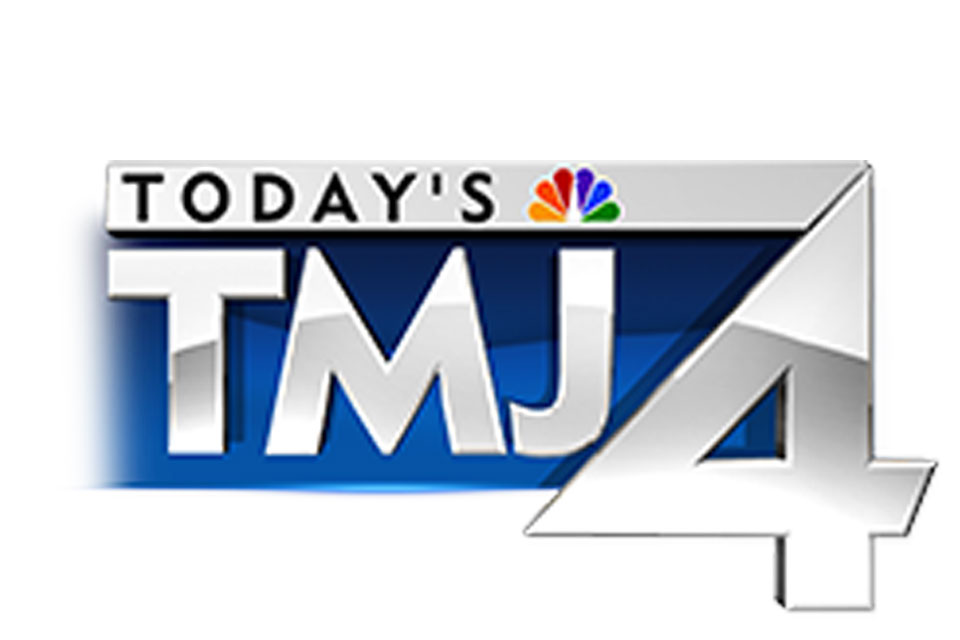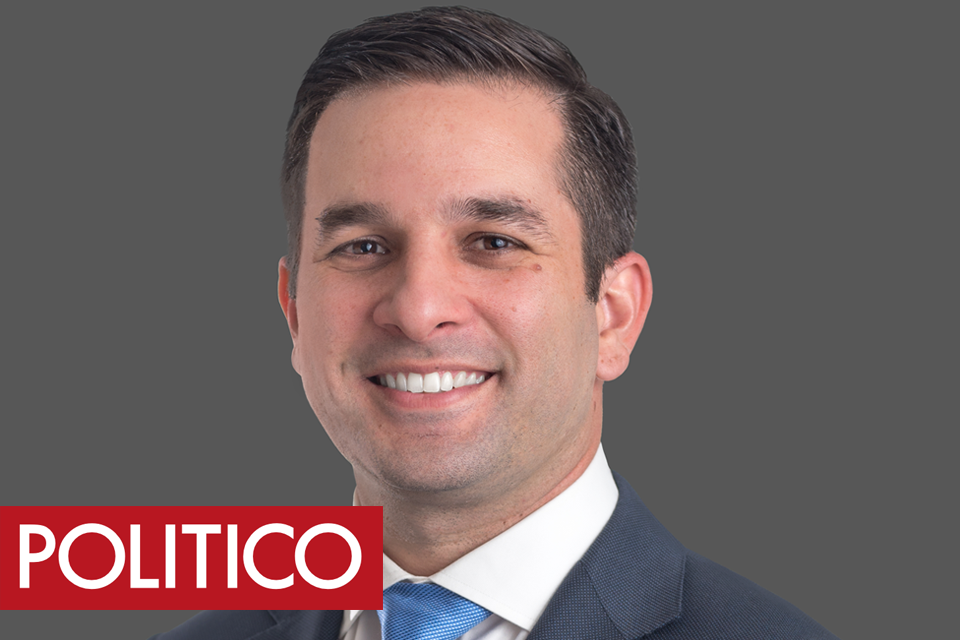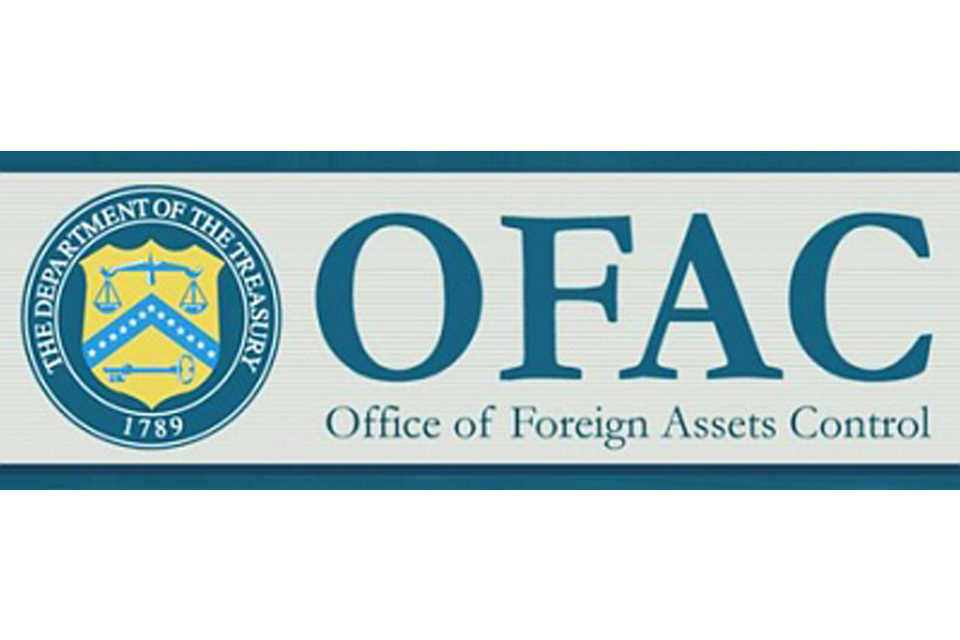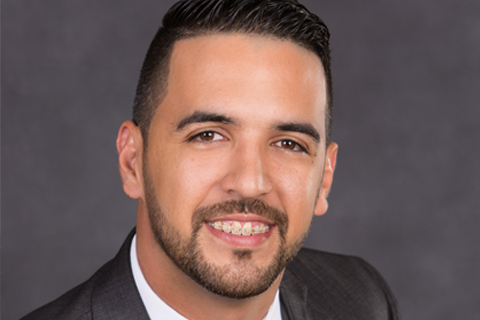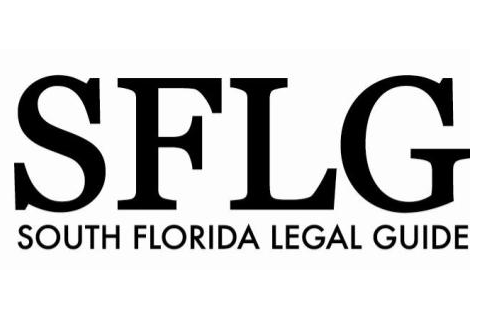By Brant Hadaway, DroneLaw.com. Yesterday’s ruling from the NTSB, overturning Judge Geraghty’s order in the Pirker case, caused quite the twitter storm, and practically crashed our Google news feed. So, a lot of virtual ink has already been spilled on this. But much of it has been either poorly written or flat-out wrong.
We stand by our initial take, which is that the scope of this ruling is ultimately quite narrow. We also think it stands on shaky ground, and could be vulnerable on review by an Article III court.* Here’s why.
First, the opinion was narrowly tailored to the question of whether a model aircraft falls within the FAA’s enforcement authority under 14 C.F.R. § 91.13(a), which provides that “[n]o person may operate an aircraft in a careless or reckless manner so as to endanger the life or property of another.” The key finding was that a model aircraft is an “aircraft” under 49 U.S.C. § 40102(a)(6) and 14 C.F.R. § 1.1. Section 40102(a)(6), the NTSB concluded:
defines “aircraft” as “any contrivance invented, used, or designed to navigate, or fly in, the air.” Similarly, 14 C.F.R. § 1.1 defines “aircraft” for purposes of the FARs, including § 91.13, as “a device that is used or intended to be used for flight in the air.” The definitions are clear on their face. Even if we were to accept the law judge’s characterization of respondent’s aircraft, allegedly used at altitudes up to 1,500 feet AGL for commercial purposes, as a “model aircraft,” the definitions on their face do not exclude even a “model aircraft” from the meaning of “aircraft.” Furthermore, the definitions draw no distinction between whether a device is manned or unmanned. An aircraft is “any” “device” that is “used for flight.” We acknowledge the definitions are as broad as they are clear, but they are clear nonetheless.
That sounds like a broad conclusion. It is, and it isn’t. The NTSB points out that, at the time of the original Federal Aviation Act:
so-called “drones” were largely the currency of science fiction. Congress demonstrated prescience, however, in the early definition of “aircraft”; it expressly defined the term as any airborne contrivance “now known or hereafter invented, used, or designed for navigation of or flight in the air.”
… [The FAA] may choose to exclude certain types of aircraft in a practical sense, by refraining from bringing a charge under the FARs against a model aircraft operator; Advisory Circular 91-57 implies such a practice, and the processes outlined in 14 C.F.R. §§ 11.81 – 11.103 provide a more formal means of seeking exemption. However, for the case sub judice, the plain language of § 91.13(a), as well as the definitions quoted above, does not exclude certain categories of aircraft.
Turning to whether the FAA correctly applied Section 91.13(a) to Pirker’s model aircraft, the NTSB points to the doctrine of judicial deference to agency interpretations of the statutes they are charged with enforcing. Agency interpretations will generally be accorded deference if the agency can point to a reasonable basis in the underlying statute. The NTSB concludes that, since nothing in the history of the statute or the FAA’s enforcement actions indicate a clear intent to categorically exclude model aircraft from the definition of “aircraft,” the FAA’s interpretation should be upheld as reasonable.
But the NTSB also hints that the scope of this conclusion will be constrained by practical limits on the FAA’s prosecutorial discretion. Simply put, the FAA cannot prosecute every operator of a model aircraft who does something dangerous or foolish. The decision also does not grant the FAA license to enact a wholesale prohibition on the operation of model aircraft, or even require licensing for hobbyists.
a wholesale prohibition on the operation of model aircraft, or even require licensing for hobbyists.
In summary, if you are an amateur hobbyist who operates a model aircraft within traditional parameters – less than 400 feet, within line of sight (precise definitions are being sorted out in the courts), and you refrain from doing anything stupid, the chances of getting a citation from the FAA are exceedingly remote.
Pirker might be able to argue that the NTSB’s ruling is inconsistent with the scope of the FMRA’s Special Rule for Model Aircraft, which we discussed here. The Special Rule contains a statutory construction provision:
Nothing in this section shall be construed to limit the authority of the Administrator to pursue enforcement action against persons operating model aircraft who endanger the safety of the national airspace system.
(emphasis added).
Although FMRA was enacted after Pirker’s “offending” flight, he could argue that this statutory provision shows that the FAA’s interpretation is directly at odds with Congressional intent, vis a vis model aircraft. A threat to individuals and their property, he might contend, is not a threat to the “safety of the national airspace system.” In other words, unless a model aircraft has somehow threatened the safety of the national airspace, as that has been traditionally defined, its unsafe operation should be a matter for local police authorities, not the FAA.
Such an argument would have sound Constitutional underpinnings. Congress derives its authority to regulate airspace from the Commerce Clause of Article I, which gives Congress the power to regulate interstate commerce. Granted, the courts have construed this power so broadly that it is by now practically meaningless as an enumerated limitation on the federal government. But it is generally recognized that the power extends to regulation of anything that has a material impact on interstate commerce.
What constitutes an effect on interstate commerce is typically a fact-sensitive question. Hypothetically, prosecuting a model aircraft operator who buzzes old ladies on a sidewalk is not something that even remotely affects interstate commerce, whereas an operator who flies his Phantom II into the air intake of a commercial jet does affect interstate commerce.
It will be interesting to see whether Mr. Pirker takes up these questions on appeal to an Article III court.
——
* An Article III court is a court established by Congress under Article III of the U.S. Constitution. The NTSB court is an administrative court and is therefor part of the Executive Branch under Article II. Article III courts have jurisdiction to hear appeals from the decisions of administrative courts.









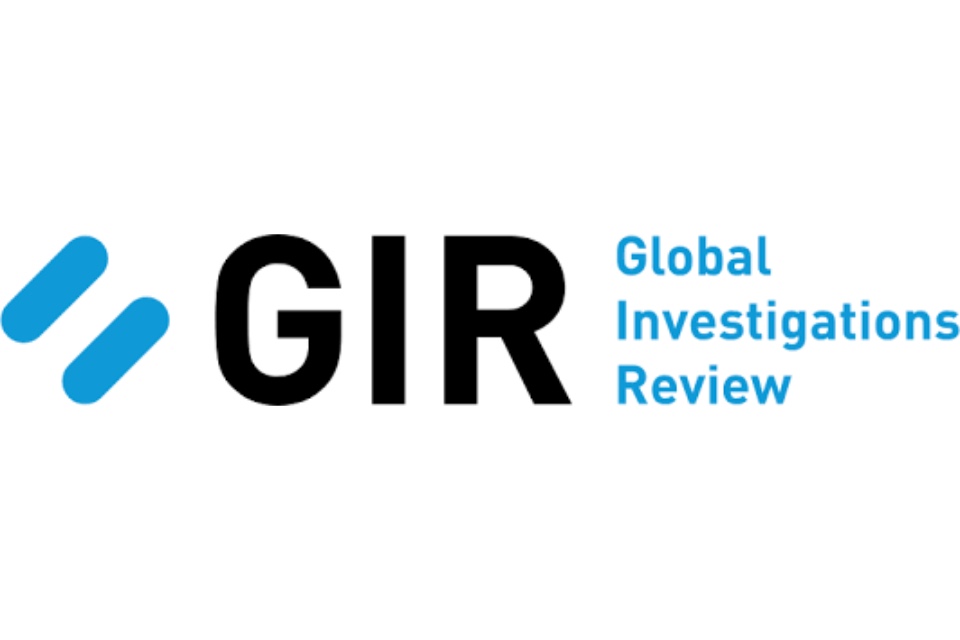





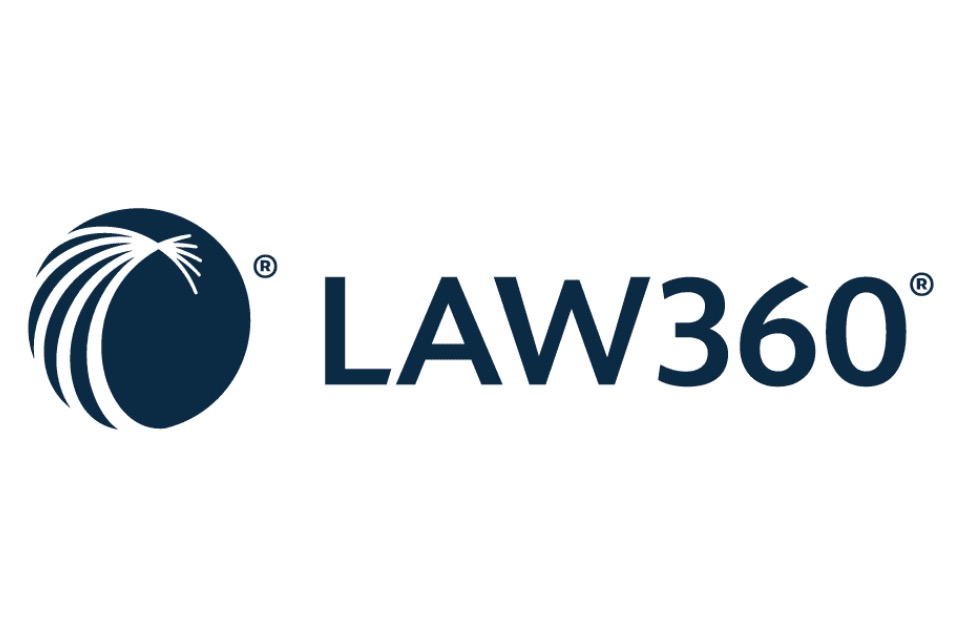







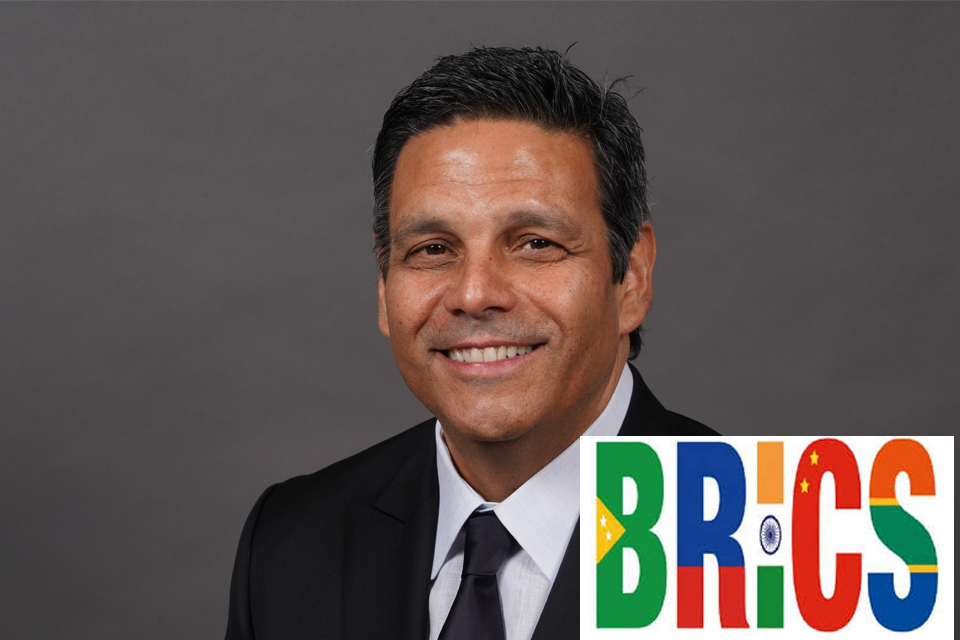





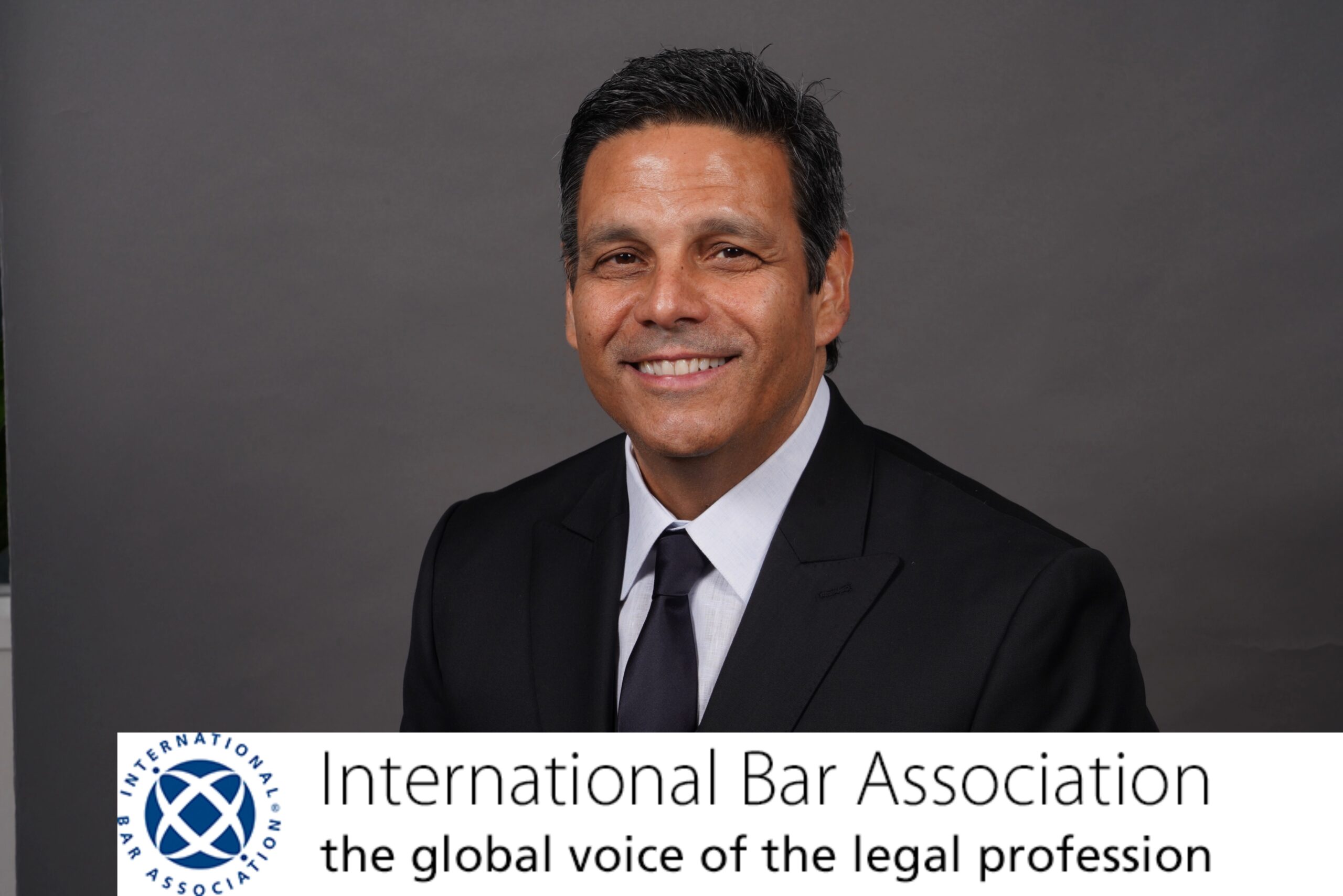
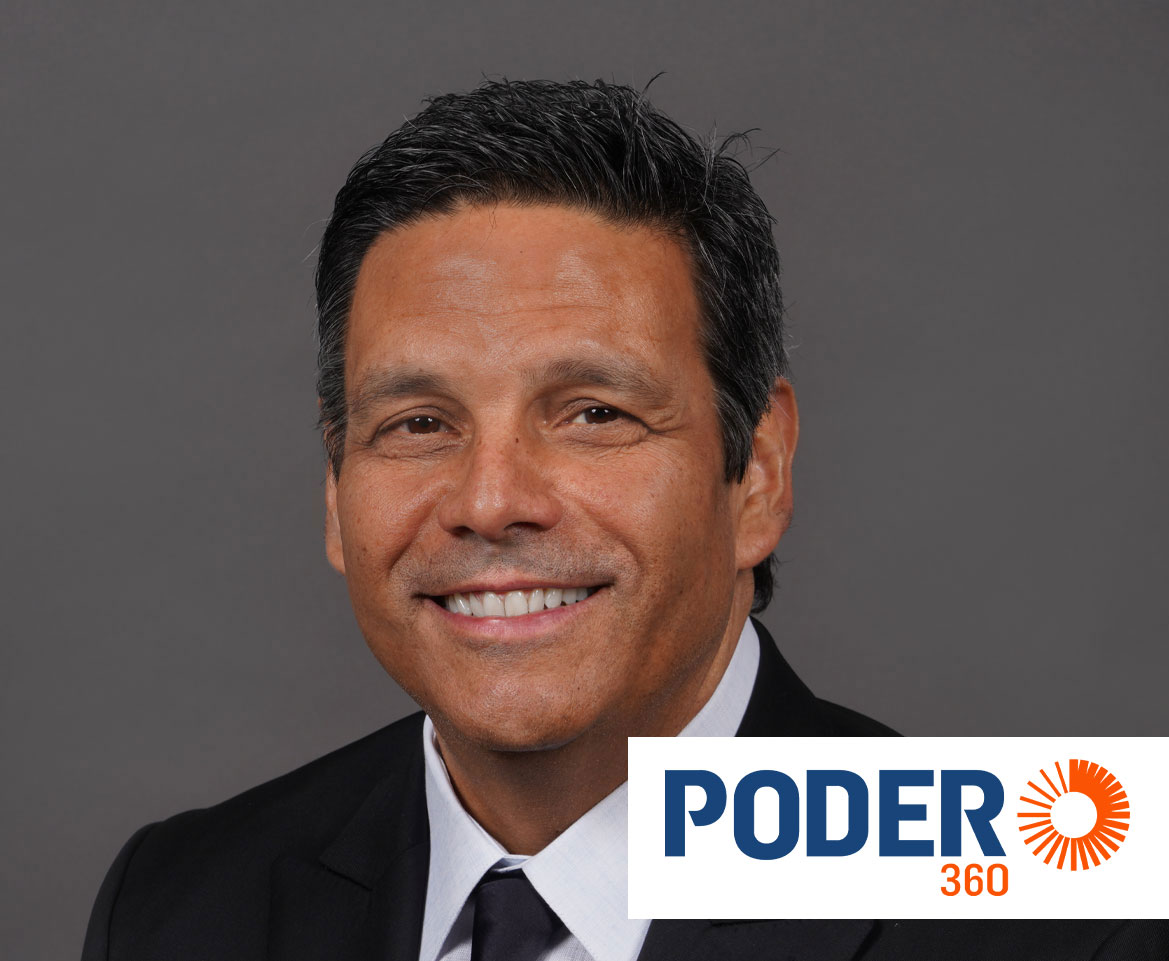














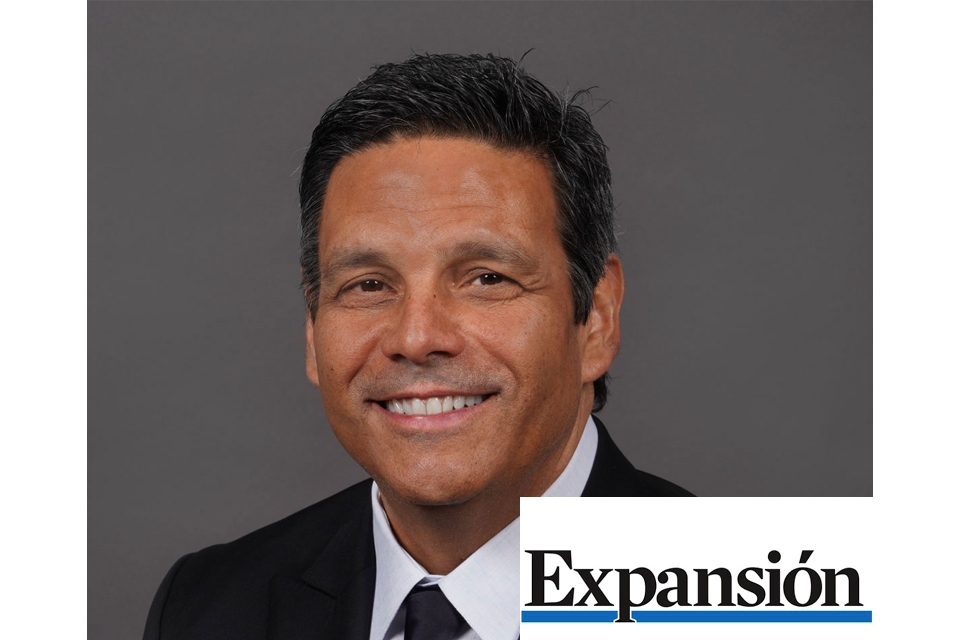




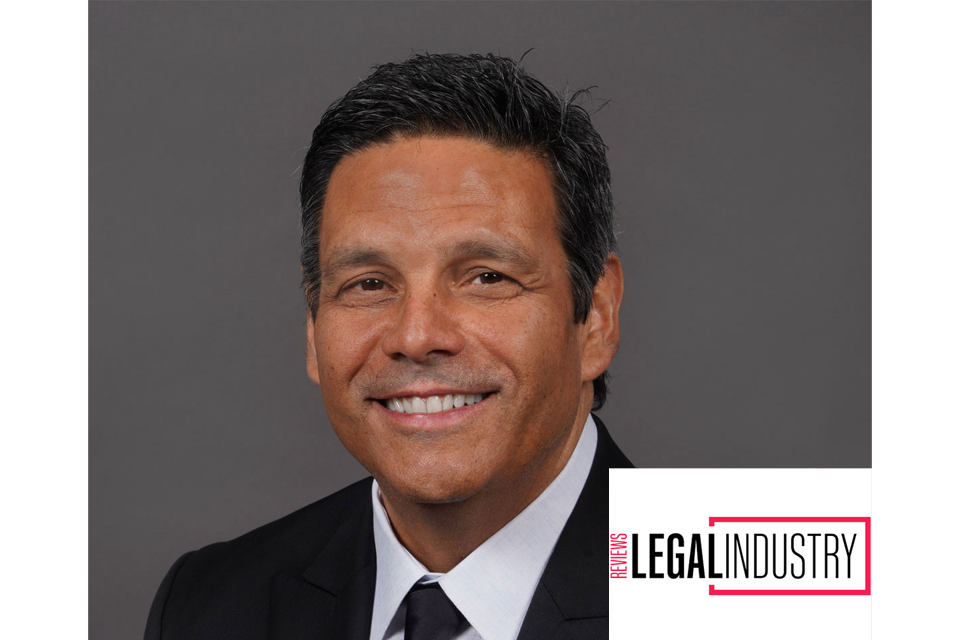







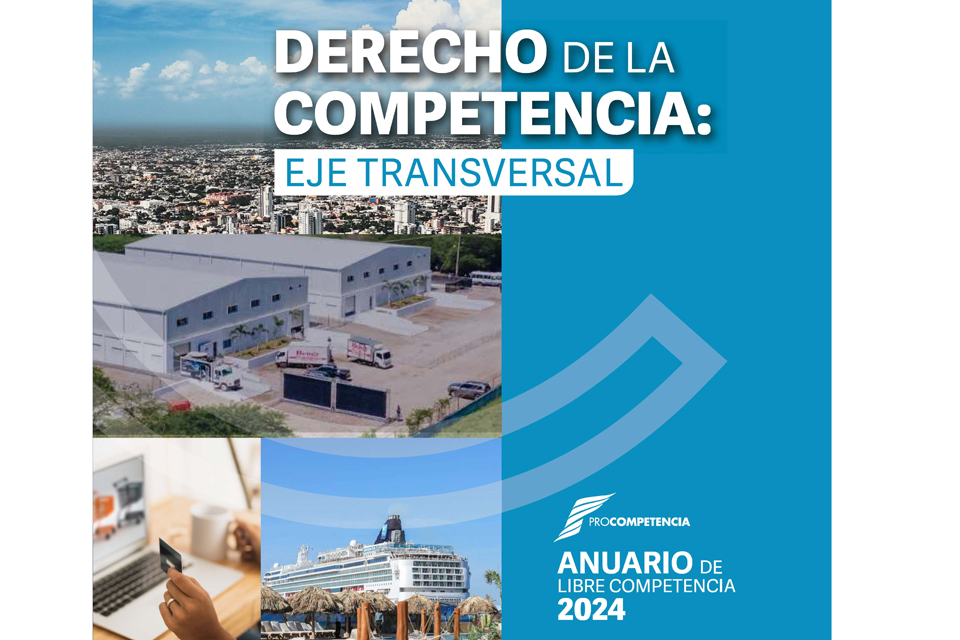













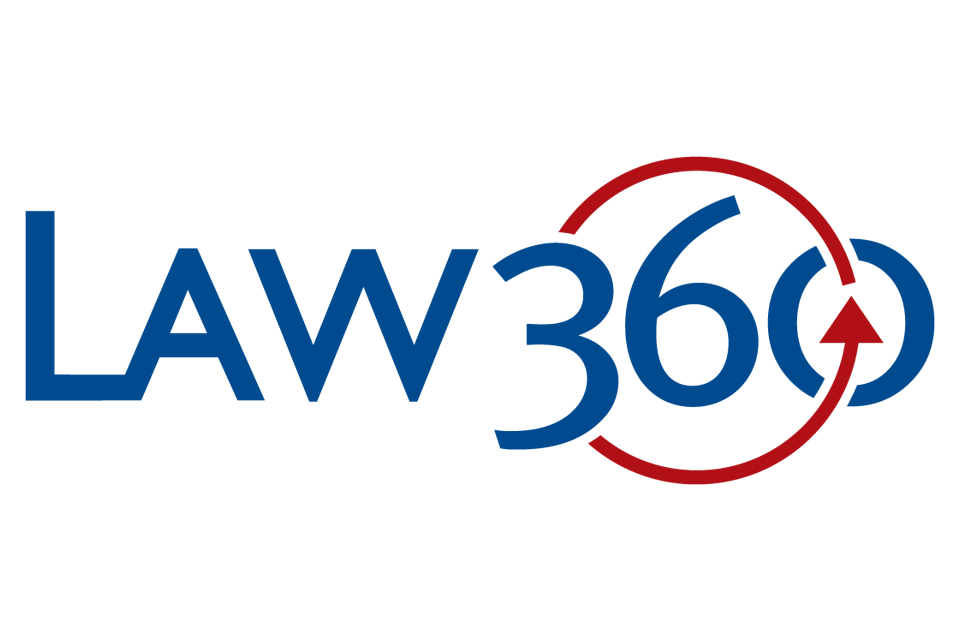








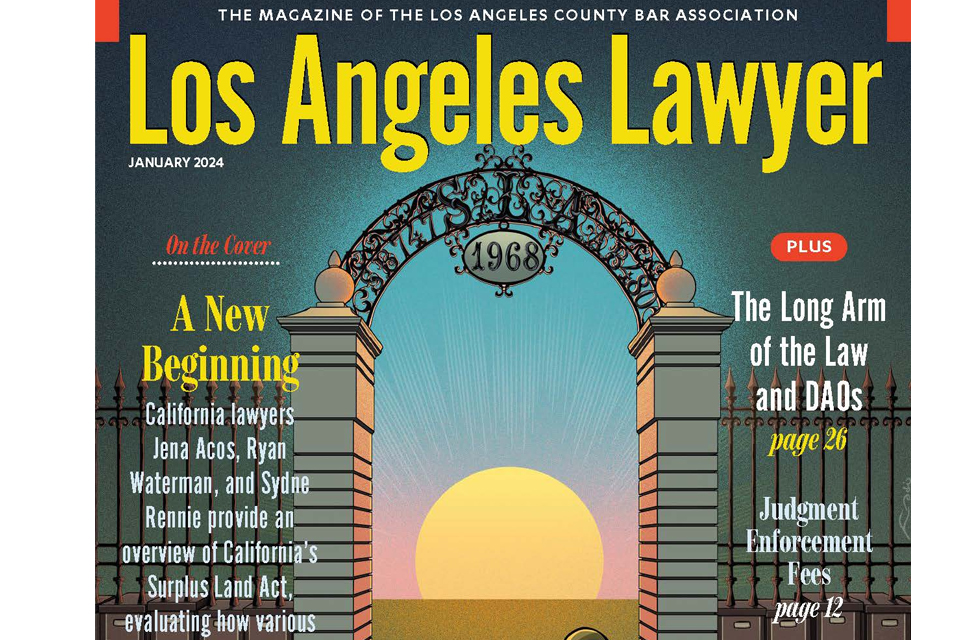





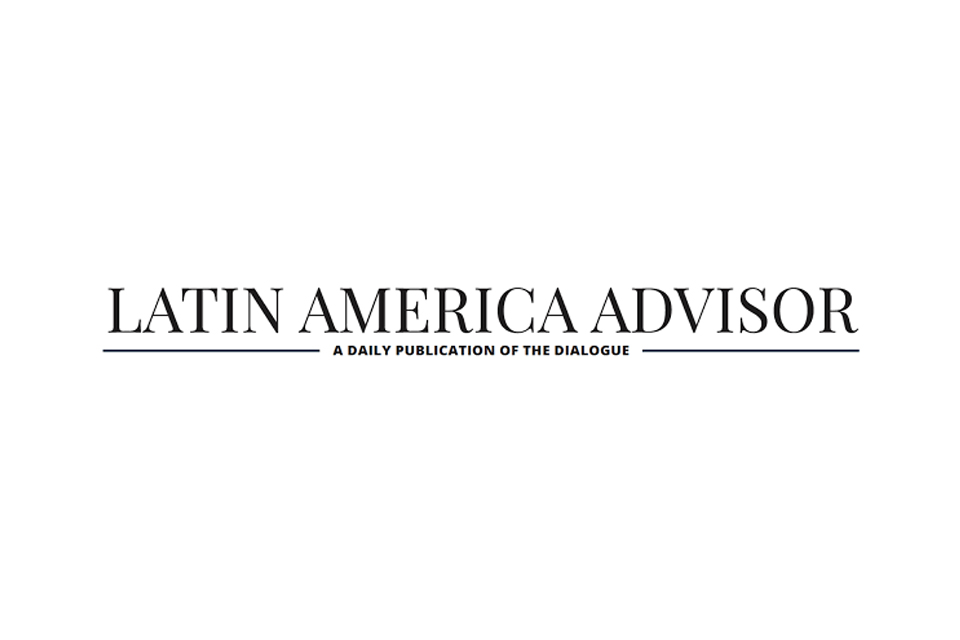



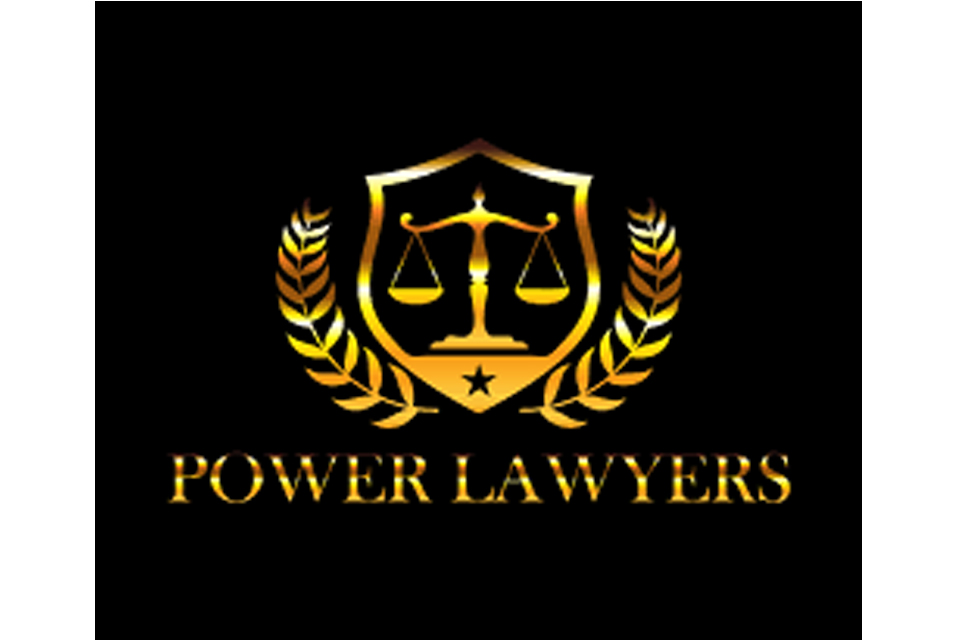






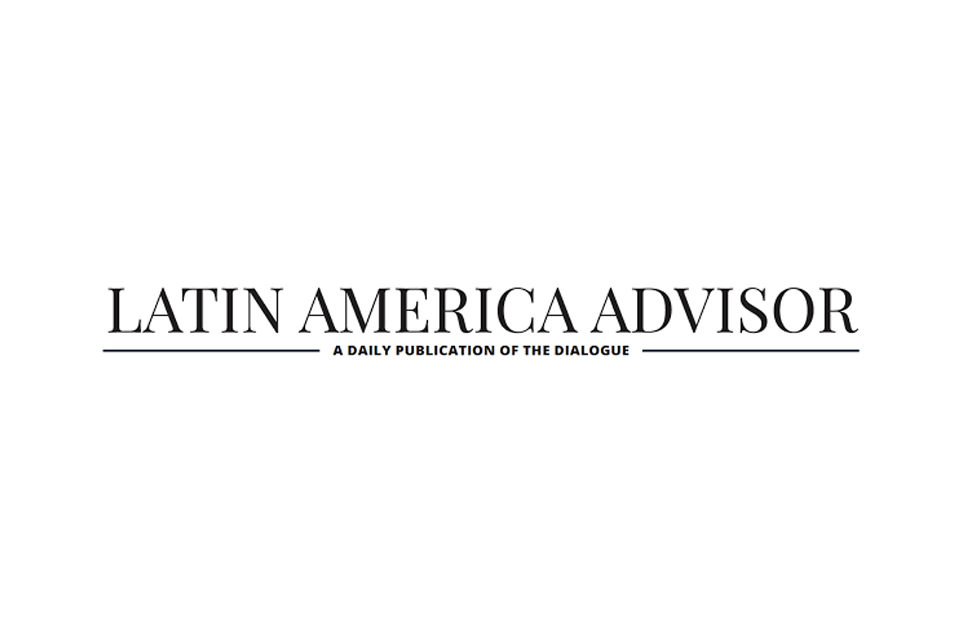
![Especial abogados Salón de la Fama[61] 4](https://diazreus.com/wp-content/uploads/2023/06/Especial-abogados-Salon-de-la-Fama61-4-1-pdf.jpg)
















